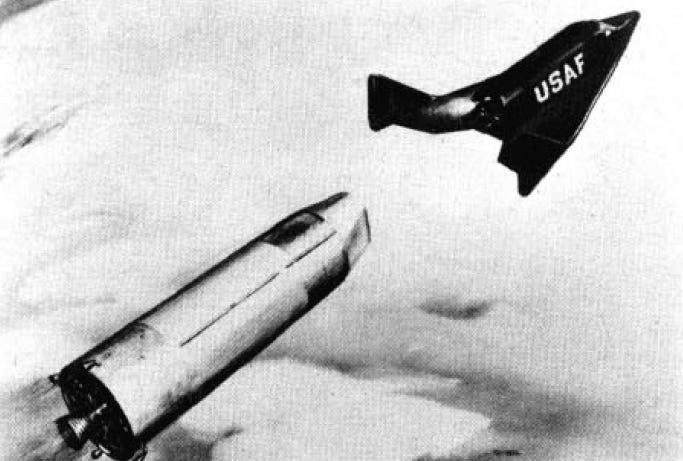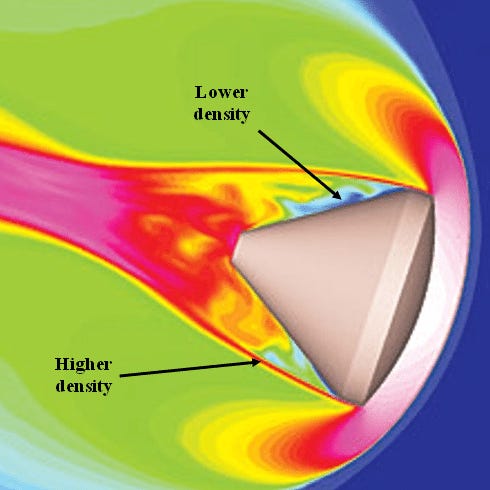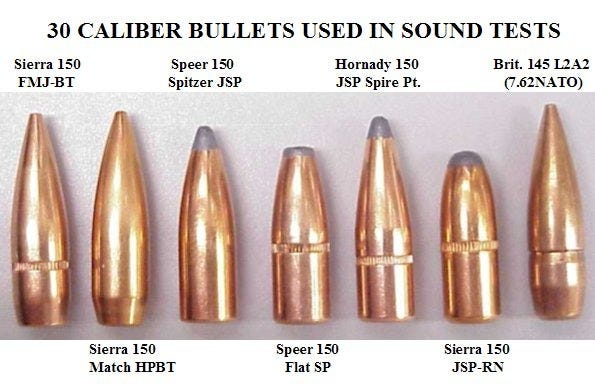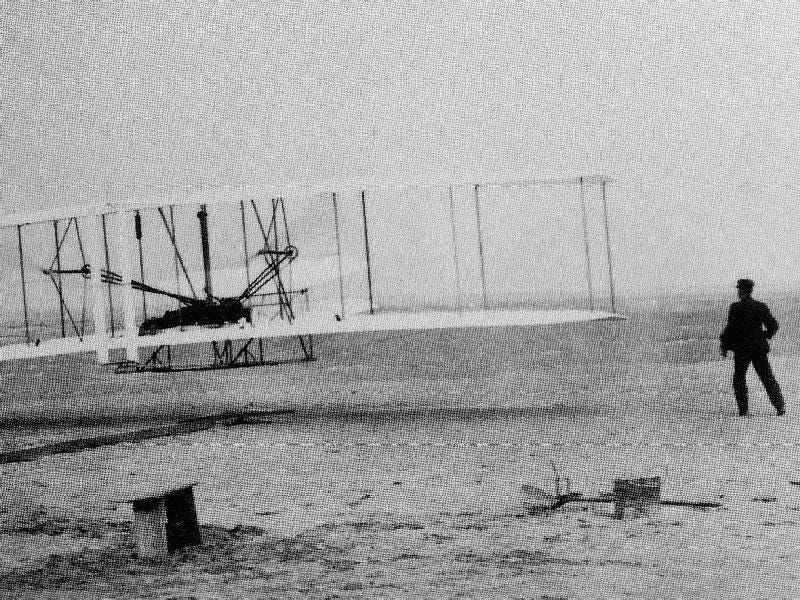Back Engineering Oreshnik, Second Pass
This is the second part of what will become a series on the Oreshnik weapon. If you know of any other analysis out there that is superior to this one, please link it in the comments.
All of the reports and analyses in the various media- including my previous effort- are to an extent mis-representing, adding, omitting, contradicting, and otherwise confounding what this thing is. This is understandable, as reliable information is difficult to find or even to confirm to be reliable. A UFO has been sighted; no one is quite sure what to make of it.
For maximal effect in asymmetric warfare Vox Day instructs that the ideal target should have these three characteristics:
It can be reached with certainty
It’s attacked from a place that cannot be reached by the enemy
Its symbolic value
The historic Oreshnik attack on the old Soviet missile factory had all three of these qualities, attended by a spectacular nightime display. The enemies of Russia are clearly disoriented by it. One tell is the uninformed downplaying of its significance, another the lack of reliable ground photographs and damage assessments.
The photos released to date appear to show minimal damage to a variety of residential and light-commercial structures located somewhere on the Earth and damaged at some unknown time in the past. They do not show any industrial plants. The satellite views of the complex are of such low resolution that no conclusions can be drawn either way. There are reports of ‘everything turning to dust’ and ‘it felt like an earthquake’, also interesting, also subject to verification. So the damage assessment will have to wait until more data is available.
I’ll cover a few basic aspects- the constraints on its range, the type of booster rockets, the shape and style of the warheads, and the possibility of thermitic enhancement- in this post and go into more detail in future posts.
This work is informed by my pioneering contributions to mattter-beam propulsion, advanced spacecraft design, and many other inventions spanning decades. There will be articles on those other things later on. This series on Back Engineering Oreshnik will cover its possible design, capabilities, and its future versions.

The Trajectories
The warhead entry angles, as measured off of the video, are about 7o (7 degrees) from vertical while the calculated entry angle is closer to 16o. This is a major discrepancy, one which led me and others to posit a turning maneuver using a hypersonic glider. That idea has undoubtably been studied by the Russian designers but it may not have been necessary in this case. There are other possibilites to consider, starting from an accurate analysis of the photographic evidence.
One photo-analyst places the two cameras to the North of the site, pointing roughly South, with the six salvos coming in from the East. He based this on comparing the surface features with satellite pictures of the site. If instead, both cameras were to the Northwest, pointing to the Southwest, the flight angles would appear to be steeper than they actually were. That’s the easiest way to solve this mystery, which is not to say it’s the correct answer.
Another possibility for the angle discrepancy is that this first Oreshnik was launched from much closer in than the claimed 800 km. For the published 15-minute flight time, using the ballistic calculator below, a 7o re-entry angle can be achieved by launching from 338 kilometers away with an apogee of 772 km.
Another possible design would use a re-startable, liquid-fueled upper stage, first to finish boosting the payload onto its ballistic path, then a restart either at apogee and/or on the way back down, to cancel part of the horizontal velocity while adding to the vertical energy. Like the hypersonic glider, this would also decrease the entry angle while adding cost and complexity.

Ted Postol is the only other person I’m aware of who has attempted to put the hard numbers to Oreshnik. Our results are similar in a few places.

There is a fundamental constraint on this type of weapon, one I have not seen mentioned anywhere: the further it has to travel horizontally, the less effective it becomes. It re-enters at a shallower angle and has to travel further through the lower atmosphere, robbing it of its kinetic energy.
The closer the launch is to the target, the higher the apogee and the more vertical the drop. In the maximum limit for kinetic energy delivery, the missile is fired straight up and comes back down on its own launcher.
The widely-published claim that Oreshnik-as-written can hit London with something noticeable is a stretch. With a throw of 2000 km and a travel time of 20 minutes, the ballistic missile trajectory calculator returns a nominal 4.84 km/s, which is closer to 5.4 km/s after gravity losses during a 60-second boost. The launch and re-entry angle (beta) is 64o, or 26o from vertical. Between the added drag losses and the extra launch speed required, the delivered kinetic energy is about one-half of what it would be at an 800 km range. The numbers continue to get worse with increasing range.
With the above considerations, this type of weapon works best the closer it can get to the target. It is designed to be launched from a mobile launcher, of which Russia has many. That gives us a clue: a barrage of Oreshniks would probably be preceded by a gathering, or stirring about, of mobile launchers. This is why the push to deploy them in Belarus, not because of the reduced warning time but because of the increased effectiveness.

Booster Designs
This first Oreshnik was probably launched from a fixed pad at the Russian test range, not from a mobile launcher, to remove the extra complications. Postol thinks it was on top of a single, 35 MT, first stage of an ICBM, not sure if he meant solid or liquid fueled. The idea sounds like it would simplify this first test, but it would probably cause more problems than it would solve.
The first stage of a multi-stage rocket generally isn’t designed to fly all by itself or to reach the speeds and altitudes which the second stage is capable of. Its flight controller, the computer and the mechanical steering, is probably also not originally designed to handle the different aerodynamic loads, masses, moments of inertia, slew rates, flight profiles, and so on. It would have to be re-designed and/or re-programmed, a risky proposition. For a given launch weight (say, 35 MT), it also cannot loft as much payload as a two-stage rocket, as the table below illustrates.

They probably used the first two stages of an already-proven, solid-fueled, mobile-launch-capable, ICBM or IRBM, to more closely emulate the actual battlefield deployment conditions.
Warhead Designs
The many published, conceptual versions of conical MIRV warheads are incorrect. The warheads are rod-like, not cone-like. They also aren’t necessarily made of tungsten, ceramic, or steel. There are other options.



There is a second, subtle feature about the pointy-cone MIRV design which makes it less effective for a low-drag hypersonic passage. The nose doesn’t come to a perfect point; if it did it would be burned off quite rapidly. Instead, it has a half-spherical nose, “pre-melted’ as it were. The Space Shuttle also uses this idea. The result is a detached shock wave, as in the picture of the re-entering space capsule above. The MIRV therefore presents a much larger effective cross-sectional area, which results in larger drag. The trade-off is that the heat transfer is reduced by pushing the high-temperature air/plasma sideways, further away from the spacecraft.
Ideally, the point of the cone or the edge of the wing would be as sharp as a pin or the edge of a knife, but this would not be able to hold up very long in the terrific blast of ionized air. It might however, hold up for just a few seconds, just long enough to get through the lower atmosphere. The warhead would then be subjected to a higher heating load than the astronaut or the MIRV device, which is of little concern; in fact it adds to the delivered energy. This gives us one of the design goals for an Oreshnik-style warhead: make the front end as sharp and pointy as you dare.
This is one of those design challenges which make this system so very different from the usual nuts and bolts of aerospace engineering.



The carrier for the 36 warheds can take a number of forms, none of which resemble the MIRV bus ideas. This will have to wait for a future article, so as not to jump to unwarranted conclusions.

The warheads might be solid tungsten like the “Rods From God” idea, as several have suggested. These would penetrate further and hold up to the re-entry heat. Steel is another choice- cheaper, lower ballistic coefficient, lower melting point- but also with more vaporizing and sideways splattering, I’m guessing. Explosives which incorporate their own fuel/oxidizer mix are probably out of the question, as they could explode on the way in due to the heat load and also force a lower ballistic coefficient due to their low density.
A thermite reaction uses a solid metal, usually aluminum powder, for the fuel and a solid oxidiser, usually a metal oxide (iron oxide, better known as rust), mixed together like an explosive. This isn’t generally used in warheads because it’s not a true explosive and it is also difficult to ignite. There are other types of thermite oxidizers, tungsten trioxide is one of them.
The warheads might be made of a solid chunk of hematite, the crystal form of iron oxide, maybe with a tungsten jacket. Or maybe a mixture of thermitic oxides fused together. These can’t burn or explode. The energy of impact would vaporize the warhead, the bits and globules of superheated thermite oxidizer then travel through the air at hypervelocity speeds, again without being able to burn, not until they contact metal objects. This might double the yield of a purely kinetic impact, with results that look like ‘everything turning to dust’.
We can see that the Oreshnik Bros. Flyer is an experimental flying contraption of some sort; it’s not entirely Unidentified. But can it fly any higher than this? Can it be made bigger? Faster? More ‘splody? Can it carry merchandise and passengers for hire? Can it sail across the World Ocean? In these early days no one is quite sure what to make of it.



wow great work very interesting stuff
Well begun is half done?
Couple quick thoughts before I start trying to analyze the graphics and crunch numbers:
Perhaps add an image of a modern, secant ogive long range very low drag projectile (LR, VLD) to that graphic of .30 projectiles?
https://bergerbullets.com/product/30-caliber-210-grain-very-low-drag-vld-hunting/
Suggesting exotic (or at least unconventional when considered for warhead filler) materials/exothermic reactions of high density impactor materials with target materials & environment was one of the first thoughts I had after my first 1/2MxV^2 calculations done on a napkin with a dull crayon (I set things on fire/blow stuff up for my day job).
But is our best use of impactor mass as an OXIDIZER or a FUEL? Sand, limestone, plaster of Paris or cement can provide the oxidizers for some quite exothermic reactions, perhaps we should propose an impactor composed of a DENSE fuel, making use of the substantial (certainly available in excess) quantities of relatively LOW DENSITY oxidizer(s) provided by concrete/masonry/subsoils in target area?
The first time I saw formulae for pyrotechnics with plaster of Paris as the sole oxidizer with metal fuels, I had to try them- They functioned as advertised. Play sand + aluminum powder for a Goldschmidt type reaction, ditto.
On top of THAT, I had read a paper on use of several highly refractory ceramics as pyrotechnic fuels, see link:
http://www.sciencemadness.org/talk/files.php?pid=500092&aid=63212
Anyhow! On with the reverse engineering, it gives me some pleasant distraction from watching WWIII unfolding (plus an illusory sense of control).